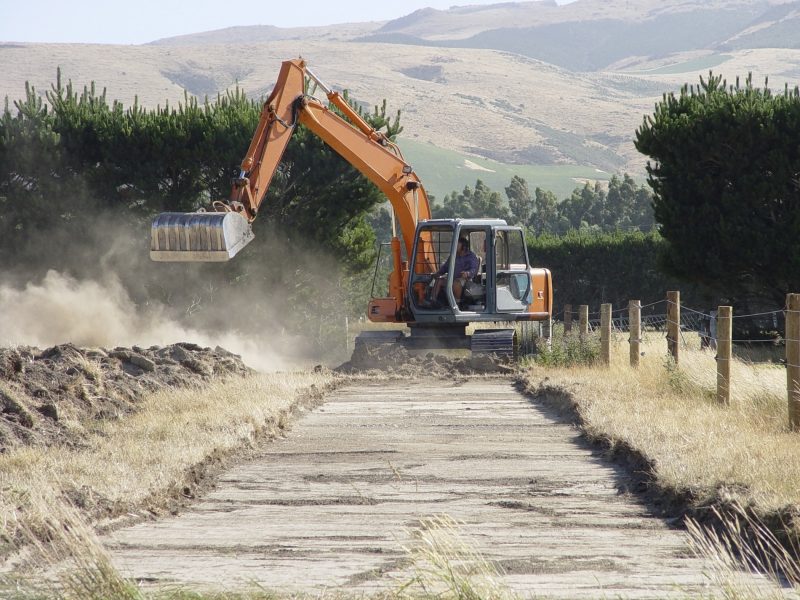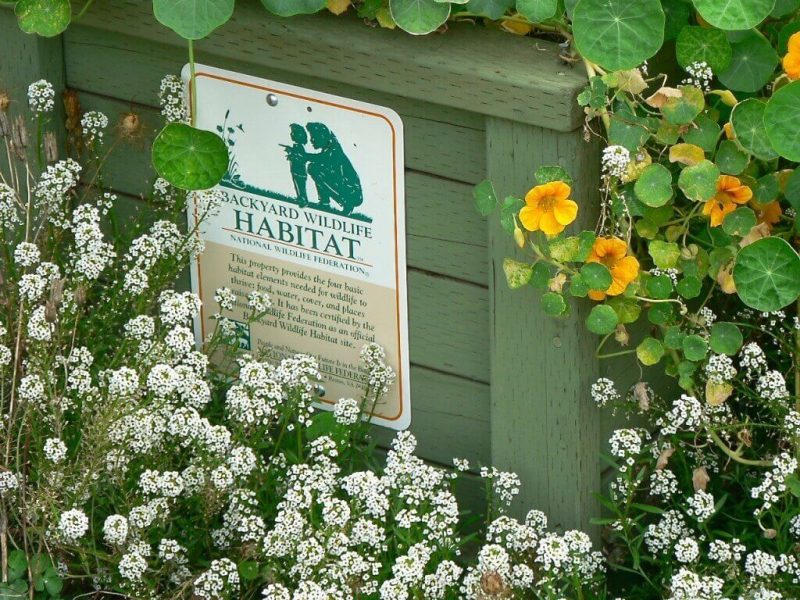“Mommy, can we keep him?”
Please don’t do it! Resist the temptation to keep rescued wildlife as pets. When you see one of those online videos of adorable wildlife “pets,” do you sometimes think, “Aww, I want one, too!” But there are several good reasons not to turn wild animals into pets.
First of all, according to most reports, the majority of pets taken from the wild are dead within two years, despite their owner’s best efforts. That’s because they require special diets and activities that captive life can’t provide. They stay alive (if not happy) in zoos because zoo managers are experts at fulfilling the needs of the animals they keep: the right foods to eat, proper surfaces for them to stand and lie on, methods for giving them suitable exercise and activities that enrich their lives even though they’re in captivity. Plus, they have excellent veterinary care. Most regular vets don’t know how to treat wildlife properly, and many will decline to try, even in an emergency.
Sometimes, it’s illegal
Keeping a wild “pet” is illegal in many states if you don’t have specific permission from wildlife regulators. If you’re discovered to have one, it’ll be confiscated and very likely put to death, no matter how tame it has become (in some locales, euthanasia is required by law.)
Consider, too, the important reality that wild animals don’t want to be pets—it’s against their nature. They haven’t been domesticated for thousands of years, like dogs and cats. Evolution hasn’t mentally conditioned them to a lifetime of confinement. It’s equivalent to finding ourselves in a jail cell for the rest of our lives. Much as we might come to tolerate our jailers, we’d want to be free to make friends, grow families, and have the life experiences nature intended. Keeping releasable animals captive condemns them to a life of discontentment, if not misery.
They don’t remain cute and cuddly
It’s tempting to think we could raise them while they’re small, cute, and cuddly and then release them as adults. Unfortunately, that just doesn’t produce a happy ending, either. The released animals don’t know how to fend for themselves—how to find food, where to take shelter, how to evade predators—so they’re doomed to an early death, sometimes within hours from predators or slowly from starvation. They needed their parents to teach them how to survive out there.
Adulthood brings challenging behavior
As they grow bigger, wild animals become harder to handle. Helpless babies grow into adults with an instinctive need to be free and to protect themselves. They often emerge from adorable dependency into defensive and potentially dangerous adult behavior, including aggressive biting and destructiveness. Even little cottontail bunnies grow into adults that bite, gnaw, and kick with tremendous strength—survival behavior designed for the wild, not our laps. This isn’t to say that wild pets are mean—they’re just wild animals behaving as wild animals do, displaying survival behavior that’s not adaptable to a home environment.
It’s best to immediately turn over injured wildlife to certified wildlife rehabilitators who know how to care for and release them. Take care not to rescue an “orphan” that doesn’t need rescuing: usually, its parents are nearby, waiting for humans to move away. When it’s imperative, here’s how to temporarily care for rescued wildlife, and here’s how to locate a wildlife rehabilitator in your area.
More reading:
Yes! Animals have feelings!
Sleeping winter away – secrets of hibernating wildlife




